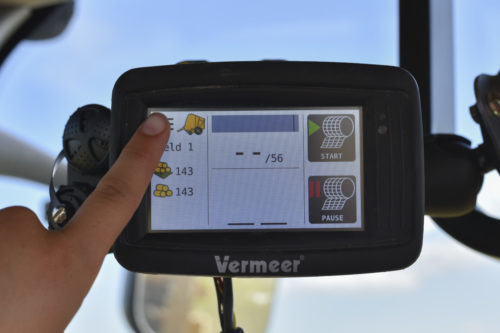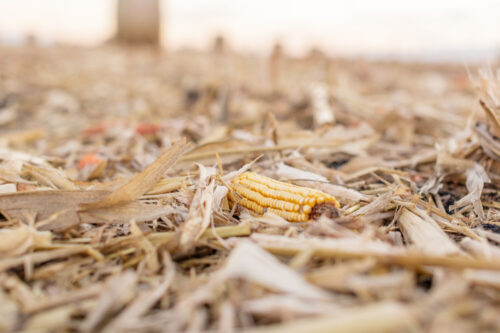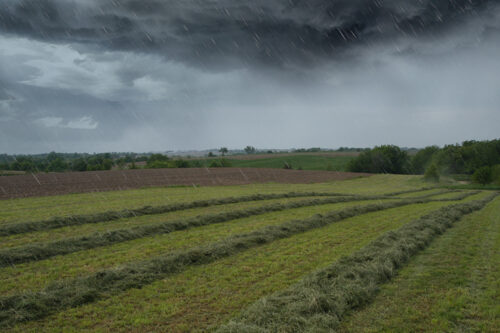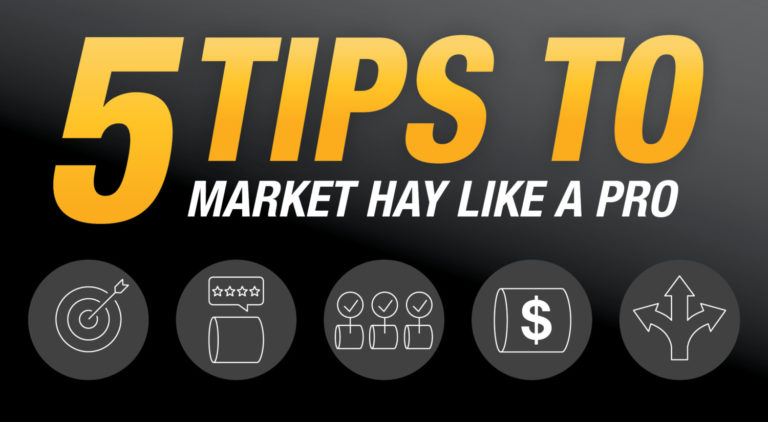
Market Hay Like a Pro With These Five Tips
January 2019
Selling hay is one thing. Marketing hay is a whole different endeavor, one that requires strategic thinking and market awareness.
Marketing hay starts in the field. After all, it takes a steady supply of hay to consistently advertise it to existing and potential new customers, said retired University of Maryland Forage Crops Extension Specialist Lester Vough.
“There is success to be had in hay marketing for those producers willing to spend the time and effort to develop a strategy,” he said. “Increasing yields and reducing costs of production will help your success, but effective marketing is often where the biggest contribution is made. Don’t waste your time if you’re going to grow mediocre-quality hay — there isn’t a market for you year-in and year-out. If you want to be in the hay marketing business, know what your market is and produce for it.”
Early in the process of determining if marketing is right for your hay operation, it’s important to make clear the distinction between selling and marketing. Though it may sound simple, there are big differences between the two terms that are often interchangeably used.
“Marketing is an aggregate of commercial functions involved in moving goods and services from producer to consumer in an organized and effective way,” Vough said. “Marketing includes buying, selling, storing, transporting, standardizing, financing, risk bearing and supplying market information.”
Hay that’s simply sold and not marketed is typically of average quality, and the seller may not exert much effort on quality control, testing or pricing strategies. Selling hay is more about fulfilling a buyer’s direct needs based on an agreed-upon price. Marketing hay is a much more involved, strategic approach and typically is better suited to larger operations. Though selling hay outright without attention to the components of marketing — like testing for quality and strategically setting price points — is much easier for the seller, there are long-term benefits to a marketing approach with the transaction.
“When demand for a product or commodity exceeds supply, the producer can readily sell to the consumer. But when supply exceeds demand, marketing strategy usually determines which producer is able to move their product to the consumer,” Vough said. “Certainly, marketing is much more involved than selling, but rewards are higher prices and repeat buyers, providing a more consistent and stable market.”
Here are five tips to kickstart your hay marketing.
Know your market.
 Once you’ve committed to marketing hay rather than simply selling, the first step is identifying your target market. It may be a set of producers that align with the specific forage quality and quantity you produce, or it may be a geographic area that enables you to meet customers’ supply and transportation demands. Determine who that target group is first, then do what it takes to meet that group’s specific needs.
Once you’ve committed to marketing hay rather than simply selling, the first step is identifying your target market. It may be a set of producers that align with the specific forage quality and quantity you produce, or it may be a geographic area that enables you to meet customers’ supply and transportation demands. Determine who that target group is first, then do what it takes to meet that group’s specific needs.
“If you’re not familiar with the potential hay market opportunities open to you, conduct a market analysis,” Vough said. “Determine where market opportunities are located. It may be local, regional or even international. Are you in a position to provide service to that market? What’s the future of the market? What types and quality of hay is that market looking for? You should know the market before the crop is planted. If you planted alfalfa and the market wants an alfalfa/grass mixture, marketing may be quite difficult.”
The range of forage expectations and how producers choose to buy their hay may not be as simple as that. For example, some producers may take samples to a lab to identify the relative feed value (RFV) while others will go by sight or smell so it’s important to recognize the quality traits that are important to buyers as you build your marketing strategy to meet their needs.
Produce what your customer wants.

This may seem obvious to many producers, but it’s important to be attentive to the specific needs of different hay buyers. For dairy producers, for example, hay with higher nutrient value will be a top priority, whereas general beef producers who are looking to supplement with other feedstocks and possibly use purchased hay for bedding will place more value on quantity.
After you determine what your customer wants, you should consider your equipment and make sure you have the tools to meet customer demand. For example, if your customer wants to know the moisture of the hay, balers like the Vermeer 504R Signature baler will allow you to obtain that data during the baling process rather than do the extra step afterwards. Or if the customer would rather purchase the hay based on weight versus bales, the scale option on select Vermeer balers will allow you to track that by field so you can market your hay appropriately.
Keep it consistent.

Though it’s tough to plan for Mother Nature and how she’ll influence overall forage output and quality during the growing season, a strong hay marketing plan accounts for any potential gaps in production and maintains consistent output to meet customer demand. And the more consistent your bales are — especially when it comes to shape, size and density — the more likely you will be to have repeat customers.
“If your primary operation is dairy and you have varying quantities of surplus hay from year to year, judicious selling is probably the more appropriate procedure. An elaborate marketing strategy would not be cost or time efficient. To keep customers coming back, you must provide a consistent quality of hay on a continuous basis,” Vough said. “If livestock or dairy producers have to adjust feeding programs every time they receive a hay delivery, they will find another supplier. You must be able to supply hay for the time period the buyer needs it. If the buyer needs hay year-round and you can only provide a six-month supply, the buyer will likely look for another producer.”
Price your hay right.
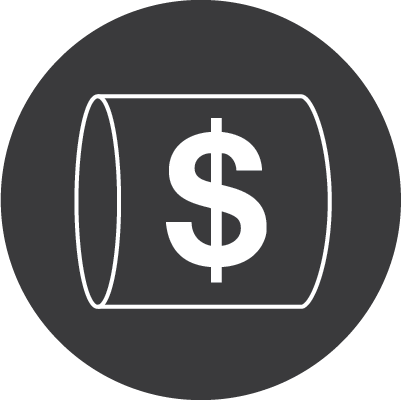
Even though there’s been a general surge in hay prices over the last two years on account of tight supplies in parts of the country, you can’t always price your hay on the higher end of the acceptable range. Several physical attribute and feedstock value factors influence how hay should be priced. These include relative feed value (RFV), total digestible nutrition (TDN), crude protein (CP) and fiber content. Do your homework, find out how much comparable hay is selling for and be ready to adjust your prices according to market demand.
“It’s very difficult to establish farm price for hay. You may read a hay auction report and see a price per ton for alfalfa. But is that a realistic market price?” Vough asked. “That price may have been for a pickup-load of very nice alfalfa. And even if it brought that price, there were the added costs of loading and hauling associated with it.”
Bale size also has a lot to do with how hay is priced, making the baler you operate a critical component of a marketing strategy. Smaller bales typically net higher per-ton prices if there is ample market demand. Consider marketing hay by the “package,” a unit that accounts for bale size, quantity and transportation.
Keep your options open.

Not every hay cutting is going to be perfect, and variability in hay quality and quantity from one cutting to the next is inevitable. A strong marketing plan accounts for that variability by maintaining key market options in the event hay output doesn’t match the quality or quantity standards set by your customer base.
“Hay producers are always going to have some amount of low-quality hay. In developing a marketing strategy, anticipate having it and have an outlet for disposal. Don’t try to hide low-quality bales in the middle of a load,” Vough said. “Don’t try to sell mulch hay as dairy quality, and don’t try to make the buyer take every bale in the barn or hay shed. Sort hay by quality and price it accordingly.”
Other factors to consider
Transportation and storage are farm-level factors that should be considered in any hay marketing strategy, Vough said. In managing stored hay, for example, it’s important that your marketing plan accounts for how your hay is stored.
“Storage facilities are an integral part of marketing. Not only should the hay be sorted, but you need to have access to hay of any given kind and quality at any time to meet the needs of customers,” he said. “If different qualities of hay are stacked on top of each other, invariably the customer will want the hay on the bottom of the stack.”
 Answer these additional questions:
Answer these additional questions:
- Where is the point of sale?
- Who is responsible for the hay during shipment?
- What is the delivery charge?
- How long are price quotes good?
- How will buyer/seller disputes be resolved?
- How and when is payment to be made?
- Where and how will hay be unloaded?
- Will buyer provide labor and equipment assistance for unloading?
Managing pricing, payment and terms of sale are all keys to the success of a hay marketing strategy. That means making sure buyers are well informed about pricing, quality and how transactions will be managed, including transportation and delivery.
Take all of these factors into consideration as you build your hay marketing strategy, and you will be well on your way to marketing hay like a pro!




